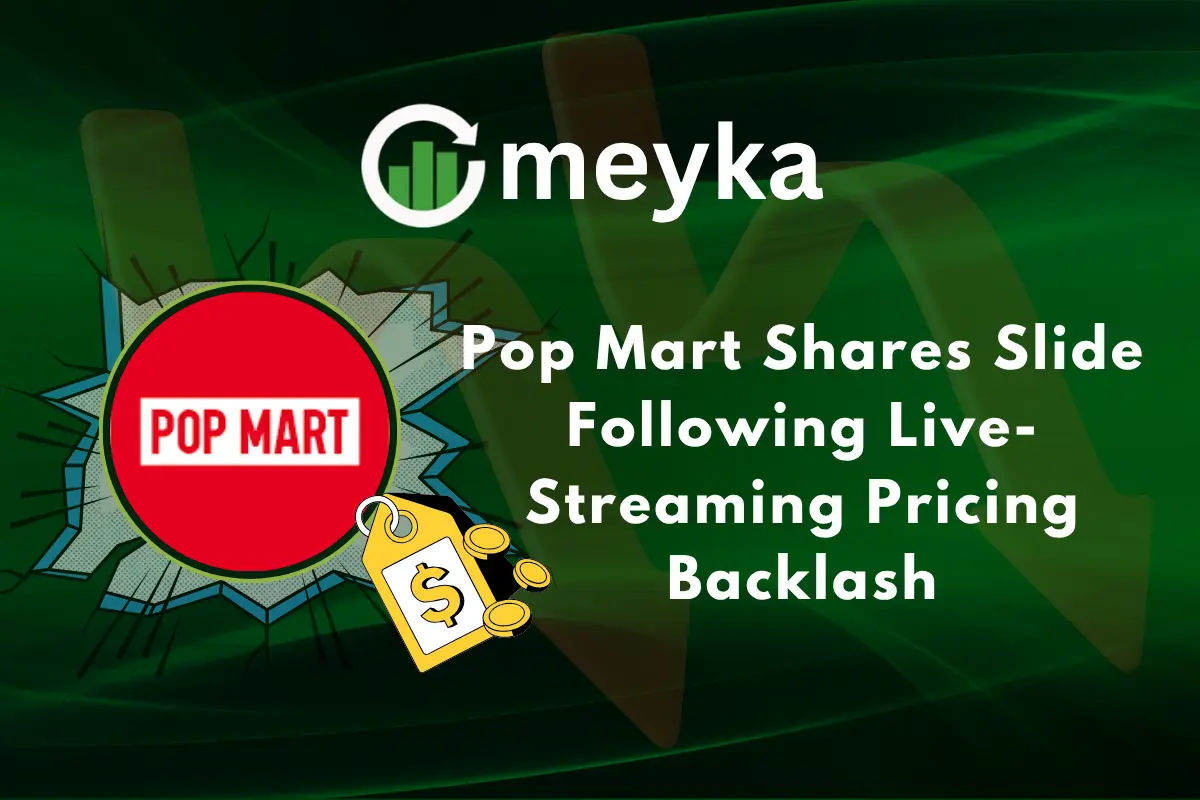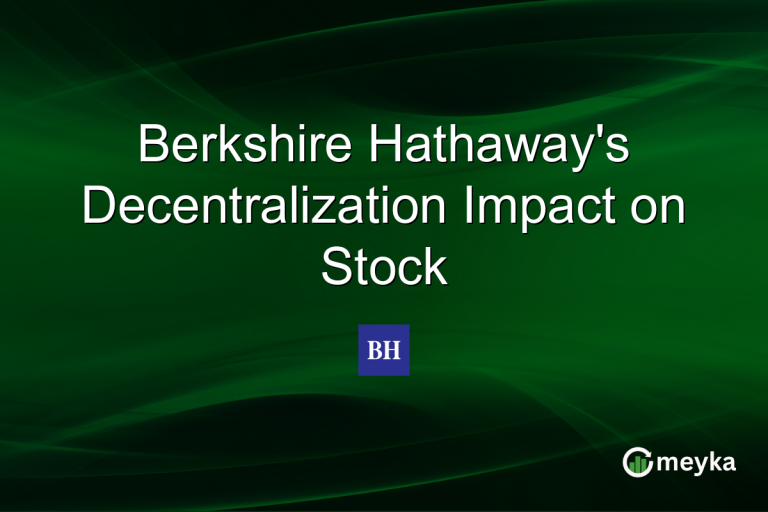Pop Mart Shares Slide Following Live-Streaming Pricing Backlash
On November 7, 2025, shares of POP MART International Group plunged after a live-streaming session sparked outrage over pricing. The company, known for its blind-box toys and collectible figures, found itself at the centre of public criticism when fans discovered that items offered during the livestream were priced significantly higher than in other channels.
Previously celebrated for tapping youth culture and global trend-setting, POP MART now faces questions about fairness and transparency. Investors jumped at the chance to exit, driving the stock lower. As the toy-maker scrambles to respond, the episode highlights how in today’s digital age, brand trust can shift in a single broadcast.
Background: Pop Mart’s Rise and Live-Streaming Push
Pop Mart grew fast by selling blind-box toys. These are mystery packages. Fans buy for surprise and collectibility. The brand rode a wave of social buzz. Labubu and other characters became cultural hits in 2024-2025. The company scaled stores and e-commerce quickly. It also leaned hard on live streams.

Platforms like Douyin and Taobao Live let hosts sell directly to younger buyers. Live streams drove traffic and hype. Pop Mart’s 2025 targets were ambitious. Management told investors about big revenue goals in August 2025.
The Backlash: What Unfolded?
On November 7, 2025, a live-stream session triggered anger. Viewers spotted a staff comment that suggested an item was “overpriced.” Clips spread fast on Douyin and Weibo. Users compared on-air prices to other channels. Many saw a gap. Critics accused Pop Mart of misleading promotions. The tone online turned sharp within hours. Hashtags trended, and complaint posts multiplied. The incident put pricing fairness under the spotlight.
Market Reaction: Quick Drop and Investor Concern
Markets reacted immediately. Hong Kong trading showed a fall in the share price after the live stream. Traders sold on fear of weakening demand and reputational damage. Bloomberg and market trackers recorded the move as a sharp drop tied to the online fallout. Analysts flagged that sentiment can swing fast for trend-driven brands. Past warnings about blind-box regulation and cooling resale values had already left the stock more sensitive to bad news.

Company Response and Damage Control
Pop Mart released a statement after social pressure mounted. The firm said it would review pricing in live streams. It promised clearer rules for hosts and more transparent offers. The company also reassured investors about long-term plans. Early reactions to the response were mixed. Some customers wanted quicker, concrete fixes. Others noted that promises need proof in future pricing and conduct. Regulators in China have previously cautioned the sector about opaque sales tactics, raising the stakes for a stronger reply.
Impact on Brand Image and Consumer Trust
Trust matters for collectible brands. Pop Mart has built fandoms through surprise and scarcity. That trust can erode fast when pricing looks unfair. Regular buyers may skip live events. Collectors may trade less on secondary markets.
Retail partners could press for clearer terms. Competitors may step in with more transparent campaigns. The net effect could be slower growth in repeat purchases and weaker secondary market pricing. Early signs of cooling were already visible for some series before November.
Broader Implications for Live-Stream Commerce
This episode is not unique. Live commerce in China has faced scrutiny for flash sales and opaque discounts. Regulators and platforms now push for clearer price disclosure. Influencer endorsements and host scripts are under closer watch. Brands that fail to adapt risk both fines and lost customers. Accurate pricing matters more than ever. An AI tool can model how price mismatches affect short-term revenue and long-term loyalty. Platforms will likely tighten rules. Brands must match prices across channels or explain differences clearly.
What will Competitors and Resellers do Next?
Rivals will use this chance to highlight fair pricing. Smaller toy makers may pitch “fixed price” events. Resellers on secondary markets will adjust listings as demand shifts. Some resellers have already cut Labubu resale prices in recent weeks because supply grew faster than demand. That trend could continue if buyer confidence weakens further. Companies that show clear, consistent pricing can win longer-term trust.
Outlook: Can Pop Mart recover?
Recovery depends on actions. Quick fixes can calm short-term panic. Transparent pricing rules and independent audits of live shows would help. New product launches must be exciting without appearing manipulative. Pop Mart’s IP power remains strong. Celebrity endorsements and store expansion still drive interest. Yet the company faces a test: convert hype into stable, repeatable sales. Analysts will watch revenue and margin trends in the coming quarters. If Pop Mart shows real changes, investor faith can return. If not, volatility may persist.
Closing Note
The November 7, 2025, live-stream flap shows how fragile brand trust is in the digital era. Pop Mart has the creative firepower to rebound. The key is clarity. Clear prices. Honest promotions. Consistent channel rules. Fans return when they feel treated fairly. Investors follow trust. Markets may be forgiven, but only after credible steps that prove those promises.
Frequently Asked Questions (FAQs)
Pop Mart shares fell on November 7, 2025, after a live-stream event caused anger over unfair prices. Many investors worried about customer trust and future sales.
The backlash started when fans saw higher prices during Pop Mart’s live-stream on November 7, 2025. Viewers said prices were not fair compared to store and online rates.
Pop Mart said it will review live-stream prices and make the rules clearer. The company also promised fairer deals and better communication with buyers after the November 2025 backlash.
Disclaimer: The content shared by Meyka AI PTY LTD is solely for research and informational purposes. Meyka is not a financial advisory service, and the information provided should not be considered investment or trading advice.






